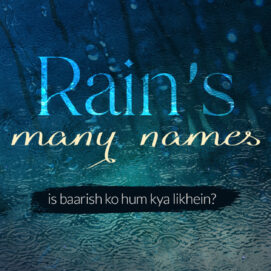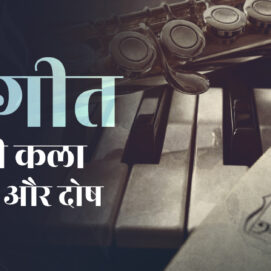Top searched
Saved words
khisyaanii billii khambaa noche
an embarrassed or ashamed person tends to vent his/her feeling by quarrelling
be-niyaaz
without want, free from want, wanting nothing, not in need, able to dispense, independent, carefree
Khat: More Than Just a Letter

In our everyday conversations, two Urdu words often come up: (خط) “KHat” and (چٹھی) “chitthi” both referring to letters. Although writing letters has become rare in the age of instant messaging and social media, there was a time when handwritten letters were not only a necessity but an artform. Some letters were preserved with perfume, folded gently and kept close to the heart. People didn’t just write; they engaged in (خط و کتابت) “KHat-o-kitaabat” correspondence filled with emotion, news, poetry, and love.
A Word Steeped in Poetry and Meaning
The tradition of letter writing has left an indelible mark on Urdu literature. Thousands of verses revolve around the act of writing to a beloved or yearning for a response. One such timeless couplet says:
خط لکھیں گے گرچہ مطلب کچھ نہ ہو
ہم تو عاشق ہیں تمہارے نام کے
"We’ll write a letter even if it holds no meaning,
For we are lovers of your name alone."
But the word (KHat) holds far more depth than just a letter.
A Line, A Script, A Style
Etymologically, "KHat" comes from Arabic, meaning "line"—a straight path drawn between two points. From this concept, the word evolves into various meanings in Urdu.
• It refers to handwriting: someone with beautiful script is called "KHush-KHat" (خوش خط), while messy handwriting is termed "bad-KHat" (بد خط).
• A person who used to transcribe books by hand was known as a "KHush-naviis" (خوش نویس), where "naviis" means writer. These traditional scribes are mostly obsolete today, replaced by digital composition.
Scripts and Styles
In India, the script “rasm-ul-KHat”(رسم الخط) of Urdu remains a subject of discussion. Urdu is traditionally written in the Perso-Arabic script, while Hindi uses Devanagari. This distinction is more than just visual—it’s cultural, artistic, and deeply personal for many.
The Art of Line: Calligraphy and Chirography
Calligraphy, or "KHattati"," (خطاطی)" in Urdu, is a celebrated art form. Exhibitions across the Urdu-speaking world pay tribute to the elegance of the written word. Both calligraphy and chirography (the study of handwriting) fall under this umbrella term.
A calligrapher is called a "KHattat" (خطاط).
And then there’s the term "maKHtuuta" (مخطوطہ)—a beautiful word meaning manuscript, handwritten documents or unpublished literary works.
When 'Khat' Meets Adulthood
Here’s an interesting twist: the word "KHat" is also used in the context of adolescence. When boys first begin to grow facial hair—beard and moustache—it’s called "KHat" too. In fact, going to the barber for a trim is still called (خط ترشوانا)."KHat tarashvaanaa" or (خط بنوانا) , "KHat banwaana"
Who would have thought the same word used for love letters also applies to a teenage milestone?
Lines of the Body: Poetic Contours
The plural of khat is "khutoot", (خطوط), which also means lines or contours—especially when describing the human body in poetic terms.
Renowned poet Qateel Shifai beautifully writes:
ڈوبے ہوئے گلاب میں وہ جسم کے خطوط
جب یاد آئے ہیں
آنکھوں میں کتنے رنگ محل جگمگائے ہیں
"Drenched in rose, the curves of that body
Come flooding back to memory
How many Rang Mahals (palaces of colors)glitter in my eyes "
How many words can be derived from a single word KHat There are many others, but I’ve only mentioned those you're familiar with. However, if you embark on a journey through etymology, you’ll uncover a fascinating array of words and meanings.
Delete 44 saved words?
Do you really want to delete these records? This process cannot be undone





